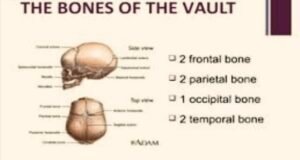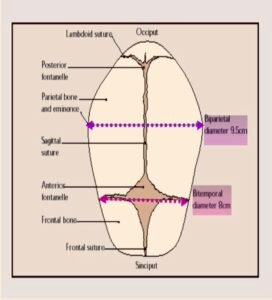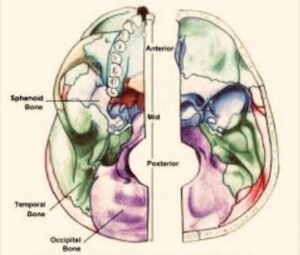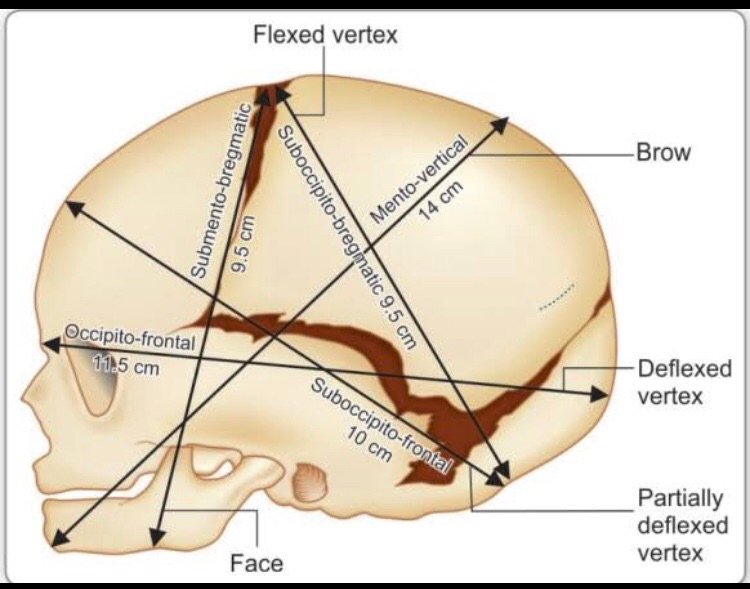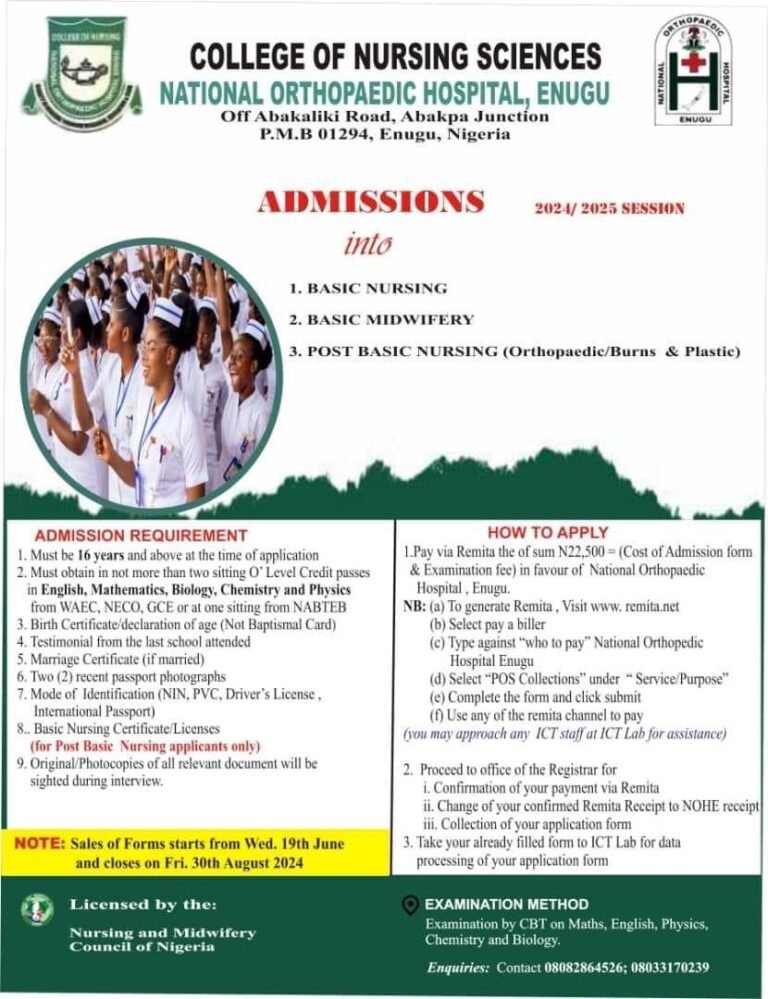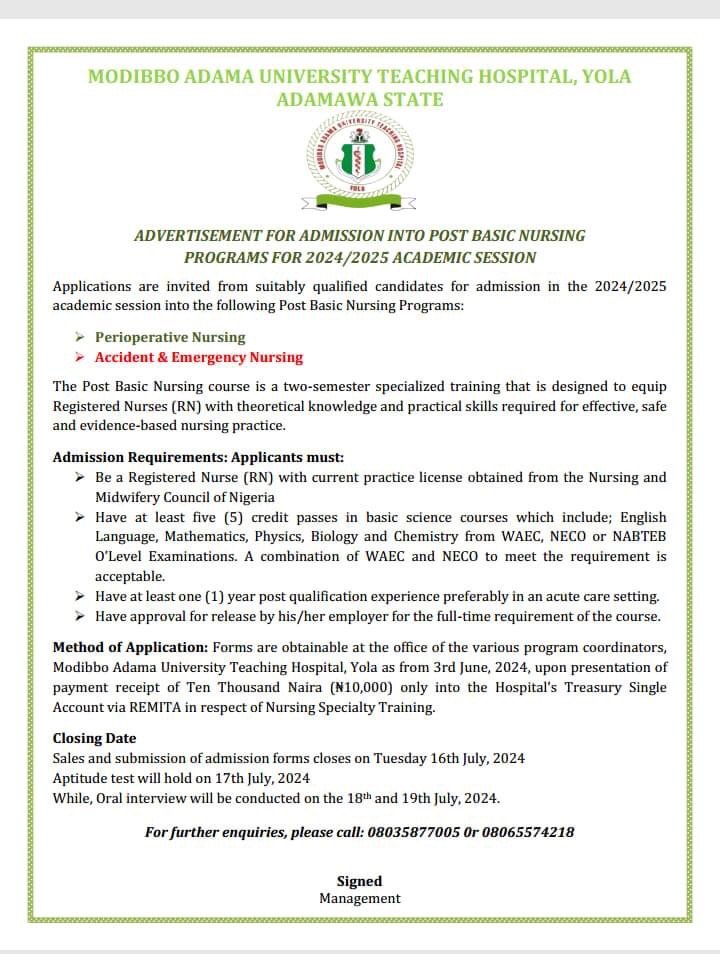1. The third stage of digestion begins in the
A. Stomach b. duodenum c. mouth d. small intestine
2. The premolars of the teeth are also known as
A. Cuspids b. Bicuspids c. Tricuspids d. wisdom teeth
3. How many canines are in each jaw?
a. 2 b. 4 c. 6 d. 8
4. Which of these performs both respiratory and digestive funtions?
A. Larynx b. Esophagus c. Pharynx d. Oral cavity
5. Anatomically, the esophagus is divided into ___ parts?
A. 2 b. 3 c. 4 d. 5
6. The stomach has ____ distinct sections?
A. 3 b. 4 c. 5 d. 6
7. The largest section of the stomach is known as
A. Cardia b. Fundus c. Antrum d. Corpus
8. Meissner Plexus of nerve is found in the ____ of the stomach?
A. Peritoneum b. Muscular layer c. Submucous layer d. Mucous membrane layer
9. Which of these produces hyaluronic acid?
A. Chief cells b. Oxyntic cells c. Endocrine cells d. Mucous neck cells
10. _____ lies in the umbilical and hypogastric region of the abdominal cavity?
A. Stomach b. small intestine c. large intestine d. pancreas
11. Arterial blood supply to the ascending colon is by?
A. Superior gastric arteries b. Inferior gastric arteries c. Superior mesentric arteries
d. inferior mesentric arteries
12. The following are accessory organs of the GIT except?
A. Liver b. Gall bladder c. Pancreas d. Lingual gland
13. Examples of smaller salivary gland include?
A. Parotid b. labial c. sublingual d. submandibular
14. The largest gland in the human body is ?
A. Pancreas b. kidney c. spleen d. liver
15. Anatomically, the liver is subdivided into ____ lobes?
A. 2 b. 3 c. 4 d. 5
16. Excess glucose in the body is a condition known as ?
A. Type 1 diabetes b. Type II diabetes c. Hyperglycemiad. Hyperglucoma
17. The pancreas is a heterocrine gland whose endocrine function is ?
A. 1% b. 25% c. 99% d. 75%
18. The most common cell of the islet of langerhans is ?
A. Alpha cells b. Beta cells c. Delta cells d. F cells
19. Insulin in the bloodstrean has a half-life span of _____minutes?
A. 3 b. 4 c. 5 d. 6
20. The moment food enters into the stomach, it brings about a reflex action called ?
A. Gastro-rectal reflex b. Gastro-intestinal reflex c. Gastro-iliac reflex d. Gastro-colic reflex
21. The exchange of gases between the alveolar sac and the blood takes place in the ?
A. Lungs b. Tissue c. Blood d. Nose
22. Internal respiration occurs in the ?
A. Lungs b. Tissue c. Blood d. Nose
23. Which of these is NOT a function of the respiratory system ?
A. Olfaction b. Protection c. Gustation d. Voice production
24. An enzyme produced by the lungs ACE means ?
A. Angiotensin Conducting Enzyme b. Aldosterone Converting Enzyme
c. Aldosterone Conducting Enzyme d. Angiotensin Converting Enzyme
25. Atmospheric pressure at sea level is ?
A. 360mmHg b. 520mmHg c. 180mmHg d. 760mmHg
26. Which of these gases is not present in the atmosphere ?
A. Oxygen b. Carbondioxide c. Nitrogen d. Hydrogen
27. The percentage of Oxygen in inspired air is ?
A. 78% b. 0.04% c. 4.04% d. 21%
28. The partial pressure of Oxygen in alveolar air is ?
A. 40mmHg b. 573mmHg c.104mmHg d. 44mmHg
29. CO2 is transported in Blood in all these ways except ?
A. As carbon monoxide b. Dissolved in plasma c. as HCO-3 d. binded to Haemoglobin
30. Which of these is NOT an organ of respiration?
A. Nose b. Oesophagus C. Trachea D. Lungs
31. The structure that separates the two nasal cavities is called the ___
A. Septum B. Bridge C. Cartilage D. Bone
32. The opening that conveys tears from the conjuctivalsac to the nose is called ?
A. Anterior nares B. Naso-lacrimal duct C. Posterior nares D. Maxillary antrum
33. The maximum volume of air that the lungs can accommodate is called ?
A. Inspiratory capacity B. Vital capacity C. Total lung capacity D. Residual Volume
34. The amount of air inspired and expired during a normal breath is ?
A. Residual volume B. Inspiratory Reserve volume C. Expiratory Reserve volume D. Tidal Volume
35. The structure referred to as the voice box is the ?
A. Pharynx B. Larynx C. Trachea D. Bronchus
36. Which of these is NOT part of the wall of a trachea?
A. Mucosa B. Arytenoids C. Submucosa D. Adventitia
37. The area where actual exchange of gases between the blood takes place is called ?
A. Pulmonary unit B. Bronchi C. Trachea D. Larynx
38. Which of these is a main muscle involved in respiration?
A. Trapezius B. Diaphragm C. Sternocleidomastoid D. Pectoralis major
39. Which of these is NOT a medistinal structure?
A. Heart B. Trachea C. Diaphragm D. Oesophagus
40. An inflammation of the Larynx due to overuse, irritation or infection is called ?
A. Pneumonia B. Bronchitis C. Tonsillitis D. Laryngitis
41. The amount of blood found in a 70 Kg adult is ?
A. 10litres B. 2litres C. 6litres D. 12 litres
42. The blood makes up about ___% of the total body weight ?
A. 10 B. 12 C. 8 D.5
43. All the following substances are suspended in the plasma except ?
A. Food nutrients B. Melanin C. Mineral Salts D. Gases
44. There are 42 litres of water in the human body. If 28litres are ICF, how many litres will be ECF?
A. 20 litres B. 14litres C. 24litres D. 10litres
45. Haemoglobin count in an adult male is about ____ of blood?
A. 16gm/100ml B. 20gm/100ml C. 24gm/100ml D. 28gm/100ml
46. The suceeding stages in the development of red blood cells is called ?
A. Erythropoiesis B. Haemocytoblast C. Diapedesis D. Phagocytosis
47. Which of these is NOT a granular leucocyte?
A. Neutrophil B. Eosinophil C. Basophil D. Monocyte
48. The blood vessels that carry oxygenated blood away from the heart are called ?
A. Veins B. Ducts C. Capillaries D. Arteries
49. If there is neither agglutinogen A nor B in the red blood cell of an individual, the person belongs to blood group ?
A. A B. B C. AB D. O
50. A person with blood group A, has agglutinin __
A. A B. B C. A&B D. No agglutinin
51. People with Agglutnin D (Rhesus +) are about ____ of the world population
A. 50% B. 15% C. 85% D. 75%
52. Blood group __ is a univeral donor
A. O B. A C. B D. A&B
53. Which of these is NOT required for blood clotting?
A. Lymphoctye B. Prothrombin C. Fibrinogen D. Thromboplastin
54. The ____ is the innermost layer of the heart
A. Serous Pericardium B. Myocardium C. EndocardiumD. Fibrous Pericardium
55. The wave of expansion of the arteries initiated by each ventricular contraction is called ?
A. Spam B. Pulse C. Rhythm D. Heartbeat
56. ____means that the heart is beating too fast
A. Fibrillation B. Bradycardia C. Tachycardia D. Diastole
57. Which of these is NOT a pulse point?
A. Temporal artery B. Brachial Artery C. Carotid arteryD. Iliac artery
58. ____is the force exerted by the blood against the walls of the blood vessels
A. Blood pressure B. Pulse C. Tachycardia D. Fibrillation
59. The lymphatic nodes that filter the lymph of the arm and the breast is ?
A. Popliteal node B. Axillary node C. Iliac node D. Inguinal node
60. The largest lymph organ in the body is ?
A. Spleen B. Appendix C. Adenoids D. Tonsils
61. Which is the longest phase of cell cycle?
A. Mitosis B. Meiosis C. Interphase D. Cell Division
62. What type of feedback is involved in Thermoregulation?
A. Negative B. Positive C. None of the above D. All of the above
63. Band of tissue that attach bone to bone is called ?
A. Tendon B. Ligament C. Neuron D. Fiber
64. The removal of tissue sample from patient for diagnosis is called?
A. Autopsy B. Hematology C. Biopsy D. Histology
65. The part of the trunk immediately inferior to the neck is
A. Abdomen B. Pelvic C. Chest D. Diaphragm
66. Mesothelium is found in
A. Serous membrane B. Pleural membrane c. Mucous membrane D. Cutaneous membrane
67. Bone forming cells are called
A. Osteocytes B. fibroblast C. Osteoblast D. Chondroblast
68. Which of the following is multi-nucleated
A. Smooth muscle B. Cardiac Muscle C. Epithelial muscle D. Skeletal muscle
69. Body membrane do not include ?
A. Dura membrane B. Pericardia membrane C. Pleural membrane D. Cutaneous membrane
70. The palm faces downward when the forearm is ?
A. Supinated B. Pronated C. Flexed D. Extended
71. Nuclear envelope disappear at
A. Anaphase B. Telophase C. Prophase D. Interphase
72. The movement of the body part towards the mid-line is
A. Adduction B. Abduction C. Extension D. Flexion
73. Dense irregular elastic tissues are found in
A. Ligaments B. Large arteries C. Adipose tissue D. Dermis
74. This is not an adult connective tissue
A. Bone B. Blood C. Wharton’s jelly D. Adipose
75. Cytokinesis begins in
A. Anaphase B. Telophase C. Prophase D. Metaphase
76. Muscle tissue that is short and spindle in shape is
A. Smooth muscle B.Cardiac muscle C. Skeletal muscle D. Tendon
77. D.N.A replication occur during
A. G1 Phase B. G2 Phase C. G3Phase D. S-Phase
78. Cartilage that is found in the pressure regions of the body is
A. Elastic cartilage B. Hyaline cartilage C. FibrocartilageD. Pressure cartilage
79. Ureter is composed of
A. Squamous epithelium B. Transitional epithelium C. Columnar epithelium
D. Cuboidal epithelium
80. In negative feedback, the mechanism that detects change in the environment is called
A. Control centre B. Receptor C. effectors D. Adjuster
81. Which of these is used for grinding?
A. Incisors B. Canine C. Premolars D. Molars
82. The narrowest and collapsible part of the GIT is
A. Esophagus B. Epiglottis C. Pharynx D. Larynx
83. The length of the small intestine is
a. 600-700cm B. 650-750cm C. 670-760cm D. 680-780cm
84. The Vermiform appendix is found below the ___ junction
A. Rectocecal B. Iliorectal C. Iliosacral D. Iliocecal
85. Salivary glands are secreted under the following conditions except
A. Electrical B. Thermal C. Mechanical D. Chemical
86. Which of these is a wedge-shaped organ
A. Pancreas B. Kidney C. Spleen D. Liver
87. The hepatic artery supplies ____percentage of blood into the liver
A. 20% B. 40% C. 60% D. 80%
88. Which of these is not a bone in the upper limb
A. Humerus B. Femur C. Radius D. Carpal Bones
89. Abnormal posterior convex curve of the thoracic vertebra is called
A. Lordosis B. Scoliosis C. Kyphosis D. Curvosis
90. Stratified epithelium is found in areas of the body where the principal activity is
A. Filtration B. Absorption C. Protection D. Secretion
91. The following are the protein fibers found in the connective tissues except
A. Elastic fiber B. Reticular fiber C. Collagen fiber D. Elastin fiber
92. The structural and functional unit of bone called the
A. Lacunae B. Lamellae C. Osteon D. Osteocyte
93. Skin burn that result into blister and excessive pain is
A. First degree burn B. Full thickness burn C. Second degree burn D. Third degree burn
94. Nails are derivatives of
A. Stratum basale B. Stratum spinosum C. Stratum Corneum D. Stratum Granulosum
95. How many organ system is in the body
A. 10 B. 9 C. 11 D. 12
96. During interphase, the DNA appears as a fine network of thread called the
A. Chromatids B. Chromosome C. Chromatin D. Centrioles
97. Which of these organelles produces large amount of Adenosine Triphosphate
A. Endoplasmic reticulum B. Lysosomes C. Mitochondria D. Ribosome
98. The type of tissue that is found in the liver is
A. Reticular tissue B. Papillary tissue C. Elastic tissue D. Collagenous tissue
99. The cells and glands that carried out body responses are called
A. Receptors B. regulator C. Effectors D. Connectors
100. The following are adult connective tissue except
A. Wharton’s jelly (b) Connective tissue proper (c) Bone D. Blood
